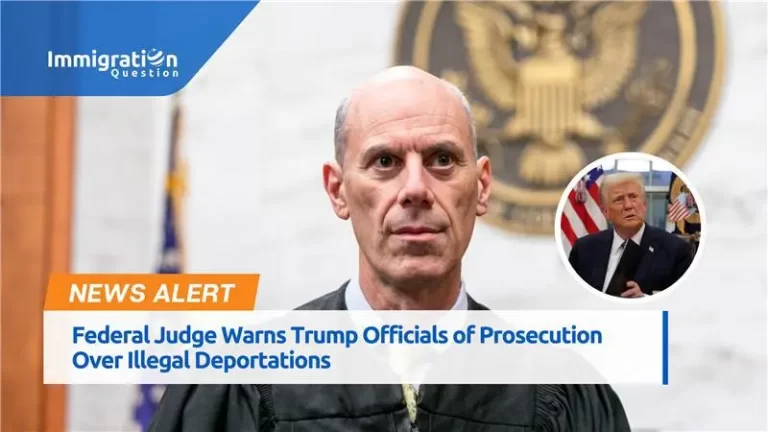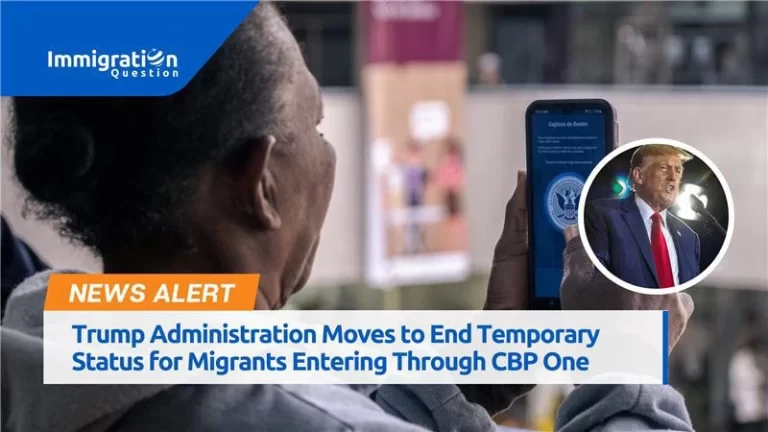According to an internal document from the Department of Homeland Security (DHS), the Joe Biden administration intends to expedite the processing of refugees because thousands of immigrants are crossing into Canada via the US border. The goal with this move is to tackle the sudden, unexampled, increase in immigration but in a way that does not compromise the U.S. asylum process.
Changes to the Safe Third Country Agreement
The U.S. and Canada have long been bound by the “Safe Third Country” agreement which was established for the first time in 2002 and expanded only last year. This signed agreement makes it possible for both nations to send back refugees who attempt crossing their shared border under the assumption that both countries are safe places to seek refuge. However, recent policy updates will modify how this agreement is implemented.
One important modification entails making it compulsory for migrants to have their documents ready upon arrival so that U.S. Asylum officers can carry out screenings to establish if they fall under the Safe Third Country agreement or not. Before, migrants could delay these screenings as they sought necessary papers especially when they were seeking exceptions from the agreement. Some groups such as minors traveling alone or those having relatives within America will however remain exempted from this requirement.
Also, the time allowed migrants for consulting with legal counsel before their screenings will be reduced from 24 hours to at least four hours. This adjustment resembles a related policy made operational at the U.S.-Mexico border in June during President Biden’s broader strategy of limiting asylum claims at the southern border.
Impact on Asylum Seekers
Migrants who wish to be subject to the Safe Third Country agreement will not be eligible for U.S. asylum and can therefore be sent back to Canada. Those who qualify for exemptions will still be allowed to request asylum in the US. In the same light, migrants crossing into Canada from the U.S., who are subject to the agreement, may be sent back to the U.S. by Canadian authorities.
According to the Department of Homeland Security, these changes are meant to facilitate processing of asylum cases at the northern border without compromising fairness. The new policies are effective starting from August 14th, 2024.
Surge in Migrant Crossings at the Border
The U.S.-Canada border has experienced a significant increase in migrant apprehensions, especially during the fiscal year 2024. Border Patrol agents have reported apprehending 16,500 individuals, compared to just around 10,000 during FY 2023 or around 2,200 between October and September last year. This marks the highest number of apprehensions effected at the northern border till date.
Regardless of this surge, the number of border crossings in the north remains low compared to the south where over 1.3 million apprehensions have been made so far in fiscal year 2024. Nevertheless, the surge in cross-border entries on the northern side has created logistical headaches for U.S. officials because fewer guards and resources are patrolled there. Moreover, enforcing border policies is even more challenging due to its difficult topography which features dense forests and mountains.
The Swanton sector covering parts of Vermont, New Hampshire and New York has been amongst one of the most affected areas, accounting for slightly over 75% of all apprehensions at the northern border this year. The number apprehended within this sector has surpassed those recorded in each of thirteen past fiscal years combined.
Broader Implications
Although illegal crossings at the US-Mexico border have reduced significantly during Biden’s administration, there are new challenges emerging from across the border. The administration’s approach toward addressing asylum claims has sparked a series of legal challenges especially related to the southern border policies. As it grapples with these complex matters, recent changes at the northern boundary indicate that U.S. immigration enforcement is constantly evolving.
To stay updated and informed, keep an eye out for our news section or drop your immigration queries for professional attorneys to reply on immigrationquestion.com





